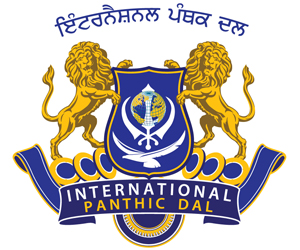The horror of those 72 hours, when frenzied mobs butchered thousands of Sikhs in 1984, has not left senior journalists Rahul Bedi and Joseph Malliakan, who covered the riots, to this day.
“To visualise that time close your eyes and imagine that there’s no state. The police remain inert while rabid mobs attack you minute after minute with military precision. The administrators look the other way with complete indifference and the situation seems never to abate,” Bedi, who covered the massacre in Trilokpuri’s Block-32, says.
The massacre in the small colony in east Delhi was planned, he found out. Nearly 320 Sikhs – men, women and children – were killed over two days. On reaching the spot on November 1 evening, a day after Gandhi’s assassination, Bedi and Malliakan were chased away by a mob. But the journalists persevered and made it to the spot on the following morning, where they saw “meticulous slaughter of Sikhs while policemen nearby watched, bothering not even to call for reinforcements”.
“The massacre continued for two long days in houses on either side of a bylane. The killers were so exact and meticulous that they did not even hurry with their job, just took their time to rape, murder and torture them between meals,” Bedi says.
Malliakan, now editor of JEM magazine, says he still cries on recalling those four days. “I saw a Sikh along with his wife dragged out of his tenement, doused with kerosene and set on fire. Those scenes have not left me. There is no closure to it,” he says.
He recounts the day when the police and the army infiltrated the area and brought out the victims. That was the time when reporters first had access to the area. “I first discovered what a bonfire of human flesh is likeâ?¦,” Malliakan breaks down and takes a long pause, “I first touched a child who was ashen in colour and had not eaten anything in 30 hours. When the area’s ACP came I was quivering with anger and told him to shoot himself if he had any regard for his uniform,” he says
News Source: India Today








